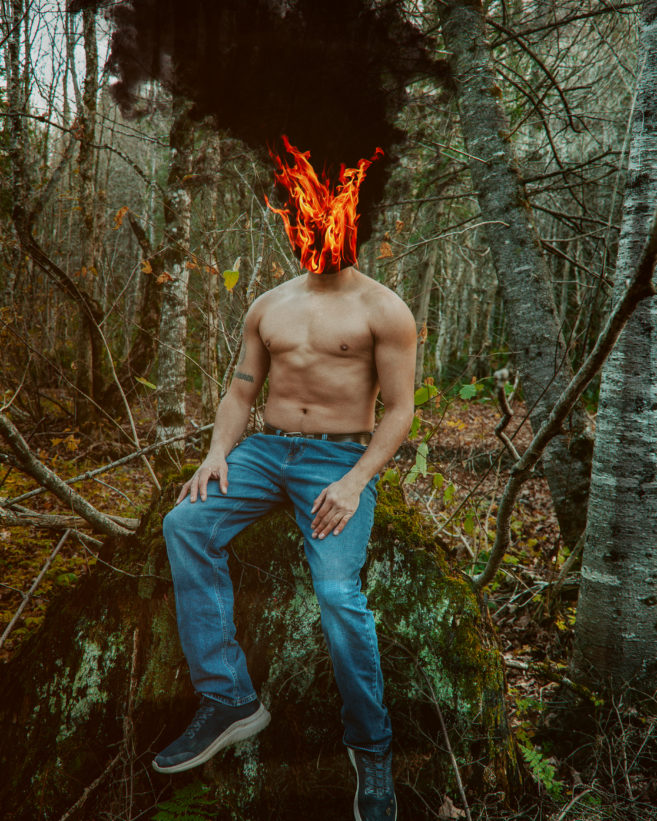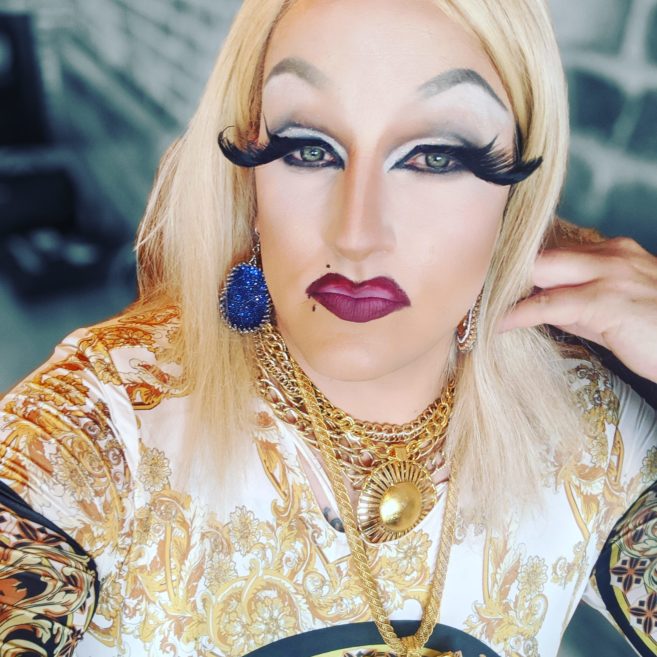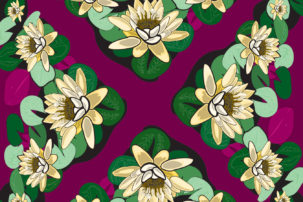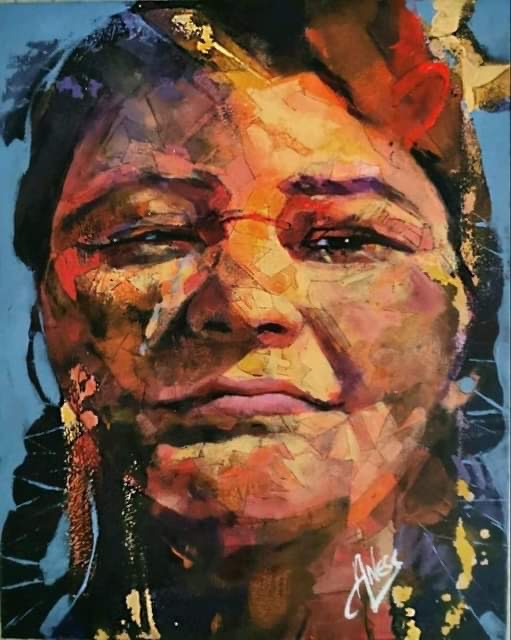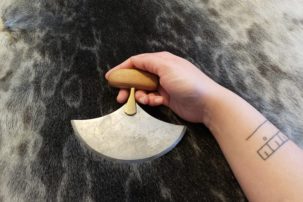Ullâkut/Boozhoo/Hello,
Ossie Michelin is a Labrador Inuk based in Tiohtià:ke (Montreal). He is a storyteller, journalist, filmmaker, photographer—and now editor. Michelin’s work aims to help explain the Indigenous world and the North with a capital N.
Adrienne Huard is an Anishinaabekwe registered at Couchiching First Nation, and is currently based in Miiskwaamagiwiziibiing (Winnipeg). She is a scholar, curator, performer and writer. Huard’s research centres Indigenous self-determination around sexual and bodily autonomy, gender expressions and the rejection of colonial systems of oppression.
This digital issue, Sovereignty, is the first of its kind for Canadian Art. The idea for an all-Indigenous digital issue came from outgoing Indigenous editor-at-large Lindsay Nixon, who passed the idea on to us. We were able to take it on as one of our first projects with the magazine, and it has certainly been a rewarding experience to connect with such amazing and talented Indigenous artists and writers. Acknowledging the importance of collaboration as Indigenous creatives, we would like to thank Canadian Art for bringing us together through this project. Sovereignty presents the diverse perspectives that Indigenous creatives carry across these lands and digital spaces.
We chose the theme of sovereignty because, as Indigenous Peoples, this is always our most important conversation. When we speak of sovereignty, we do not speak of the sovereignty of Indigenous Lands alone; we also acknowledge the importance of sovereignty of Indigenous bodies. We see sovereignty of Land and body as two sides to the same coin: when we have thriving Indigenous Lands, we have thriving Indigenous People; when we have healthy Indigenous People, we have healthy Indigenous Lands. As you explore each contribution in this digital issue you will see how these two themes connect and intertwine.
While this issue reveals the strength and resilience of Indigenous Peoples, it also considers the impacts of colonial violence that have been and continue to be enacted on our communities. As the editors of Sovereignty, we have made a decision to move forward without a content warning on these contributions. We wear the wounds of colonial trauma, and, at times, cannot disentangle ourselves from them. We hope to bring awareness to the realities that many of us face, with the intention to highlight the significance of Indigenous sovereignty through a creative lens.
We are ecstatic to present an array of Indigenous thinkers and makers compiled in this issue. From jewellery designers, performers, painters, poets and writers, we sincerely hope you enjoy a collection of creatives who prioritize Indigenous sovereignty within their practices.
Miigwetch/Nakummek/Thanks
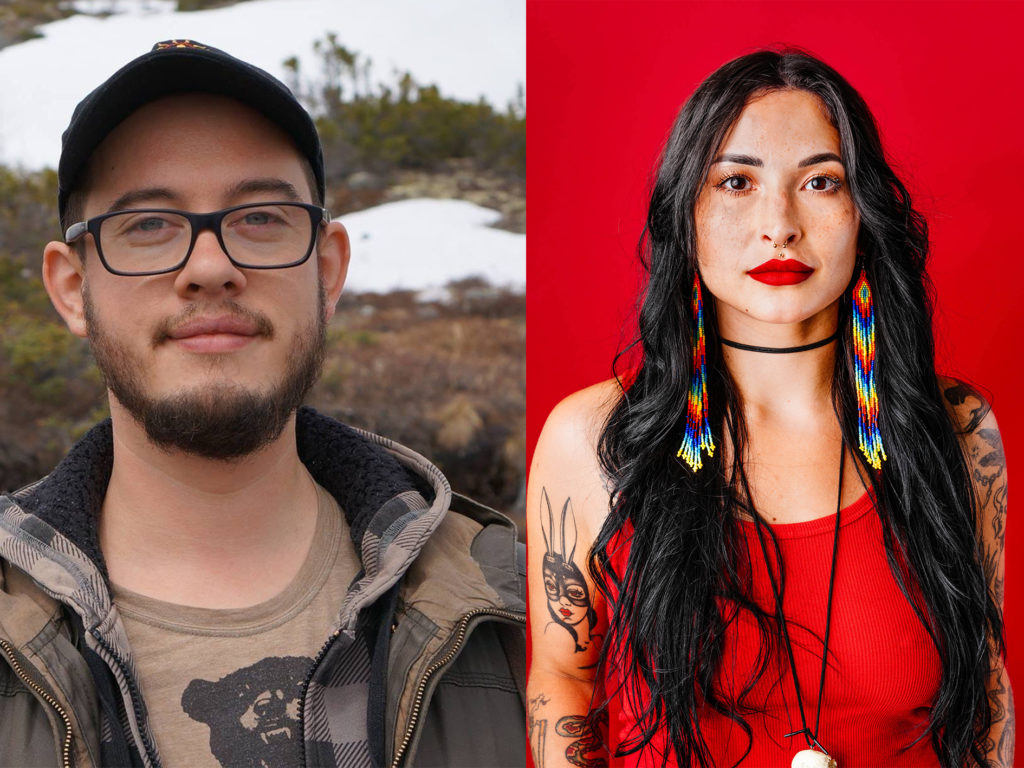 Ossie Michelin, Adrienne Huard
Ossie Michelin, Adrienne Huard
This is an article from our special all-Indigenous digital issue, “Sovereignty.”
Download the entire issue here: Sovereignty Full Issue PDF.


